Dealing with debt can feel scary and stressful. It might seem like you’re stuck in a sea of money problems with no way to escape. But don’t worry, there’s hope. Bankruptcy is a powerful tool that can help people and businesses get past their money troubles and start fresh. In this article, we’ll look at the three types of bankruptcies in the federal bankruptcy laws and help you figure out which one might be right for you.
What are the 3 Types of Bankruptcies?
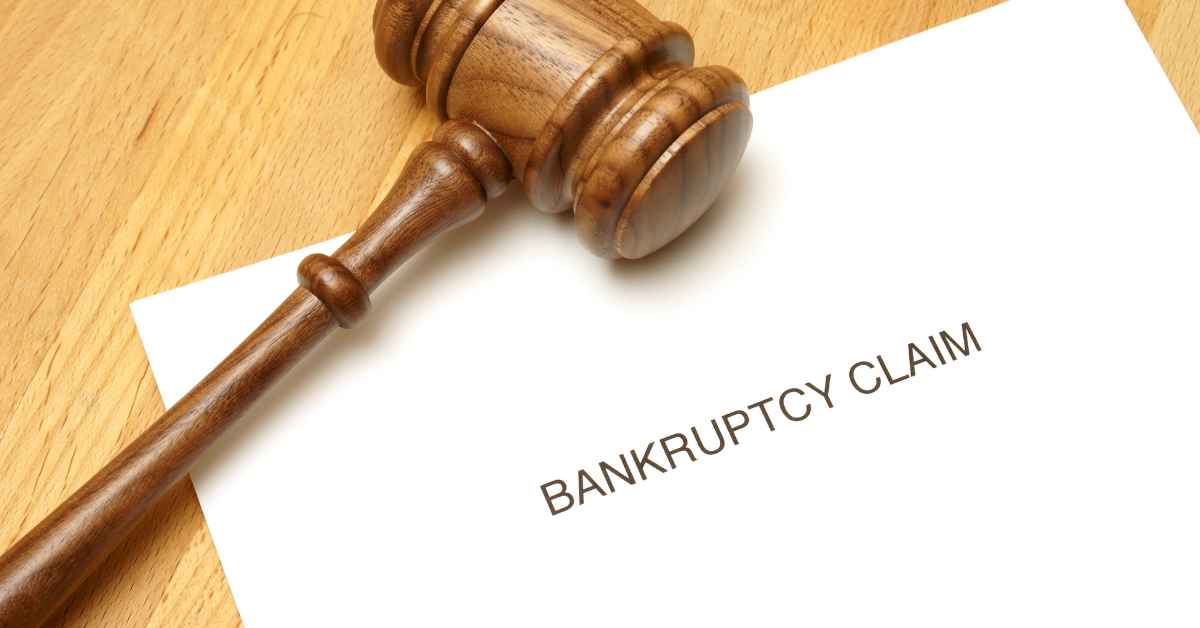
The United States Code talks about three main types of bankruptcies for people and businesses: Chapter 7, Chapter 11, and Chapter 13. Each bankruptcy chapter has a different purpose and its own set of rules and steps.
Chapter 7 Bankruptcy: Liquidation Bankruptcy
Chapter 7 bankruptcy, also called selling bankruptcy, is for people and businesses who have trouble with unsecured debt. This kind of bankruptcy lets a court-appointed trustee sell the things you own that aren’t protected (nonexempt assets) and give the money to the people you owe (unsecured creditors). After that, the rest of the debt is wiped away, giving you a fresh start.
To see if you can use Chapter 7 bankruptcy, you have to take a means test. This test looks at how much money you make compared to the average income in your state and figures out how much money you have left after paying for necessary living costs. Usually, the bankruptcy process takes about four to six months, and a Chapter 7 bankruptcy will show on your credit report for ten years.
Chapter 11 Bankruptcy: Reorganization Bankruptcy
Chapter 11 bankruptcy is mostly for businesses and people with lots of debt and valuable things who need to fix their money troubles. This bankruptcy lets them make a plan to pay back their debts and keep running their business while paying back the people they owe.
Chapter 11 bankruptcy can be hard and expensive, but it helps people keep their valuable things while fixing their money situation. The court has to agree to the plan, and it usually takes about five years to finish.
Chapter 13 Bankruptcy: Wage Earner’s Plan
Chapter 13 bankruptcy, also called the wage earner’s plan, is for people who have a regular paycheck but need a plan to fix their money troubles. This bankruptcy lets them keep their stuff while they pay back their debts over three to five years.
To use Chapter 13 bankruptcy, people must have a steady paycheck and their debts can’t be too high. They need to show the court their plan for paying back the money they owe. They have to make regular payments to a court-appointed person during the time they’re paying back the debts. After they finish the plan, any remaining eligible debts are wiped away.
Going Through the Bankruptcy Steps
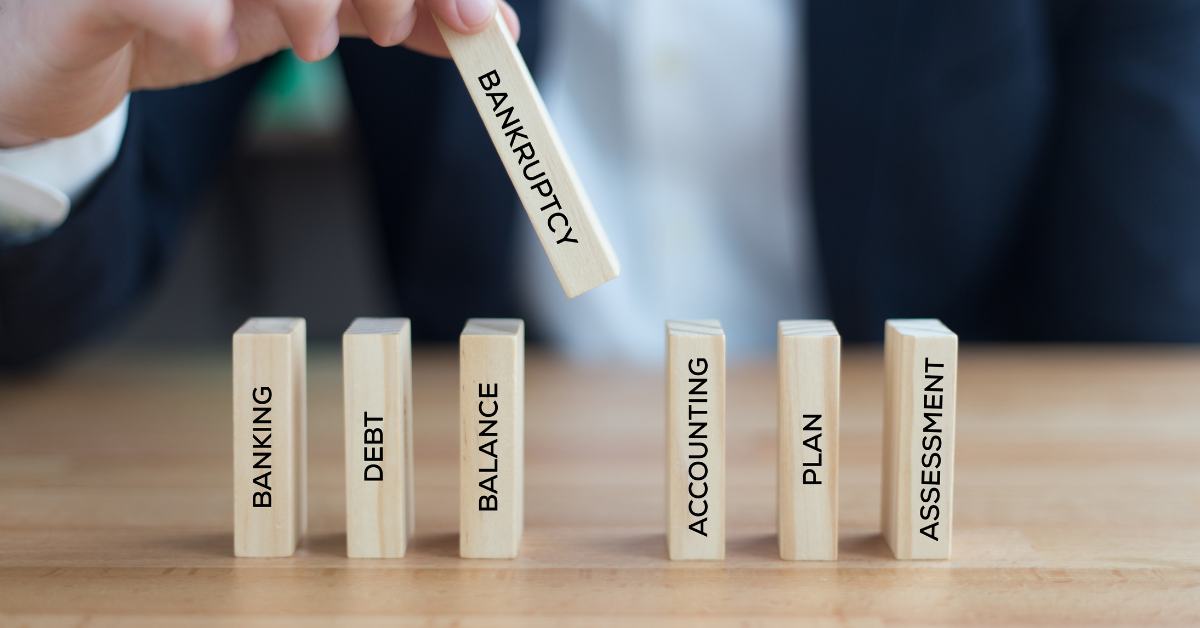
Bankruptcy can be hard and scary, but knowing the steps can make it less stressful. No matter which type you pick, these steps are usually part of the process:
- Talk to a bankruptcy attorney: A skilled attorney can help you look at your money problems, decide which bankruptcy is best for you, and guide you through the whole thing.
- Finish credit counseling: Before you start any bankruptcy, you need to do a credit counseling course with an approved group. This course helps you understand your money problems and find other ways to fix them.
- Get ready and file the bankruptcy papers: Your attorney will help you gather all the needed documents and fill out the right forms to file your bankruptcy papers with the correct court.
- Automatic stay: After you file your papers, an automatic stay starts which immediately provides bankruptcy protection. It stops most collection actions against you, like lawsuits and foreclosures, for a short time.
- Meeting of creditors: This meeting, also called the 341 meeting, is a chance for the people you owe money and the bankruptcy trustee to ask you questions about your money problems and the information in your bankruptcy papers.
- Repayment plan (Chapter 11 and Chapter 13): If you’re doing Chapter 11 or Chapter 13 bankruptcy, you have to give the court a repayment plan for them to approve.
- Debtor education course: Before your bankruptcy is finished, you must complete a debtor education course. It teaches you how to manage your money in the future.
- Discharge: When you finish all the steps, the court will wipe away most or all of your remaining unsecured debts.
Rebuilding Credit After Bankruptcy
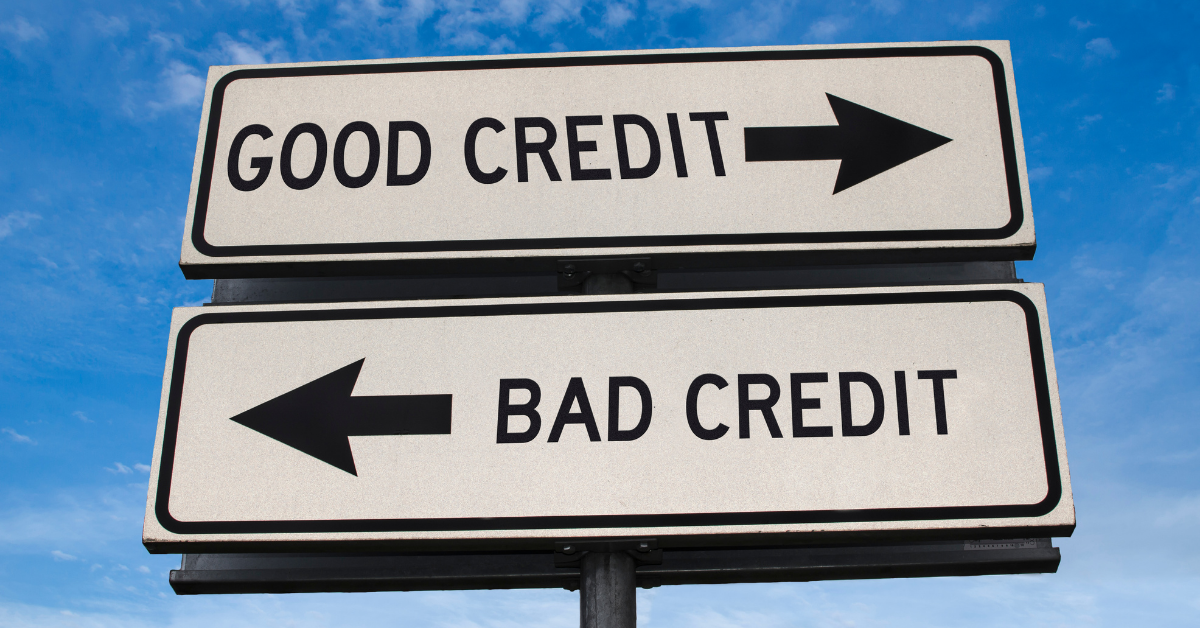
A big worry for people thinking about bankruptcy is how it affects their credit report. Bankruptcy stays on your credit report for up to ten years, but fixing your credit is possible. Here’s how to make your credit better after bankruptcy:
- Check your credit report: Look at your credit report often to make sure everything is correct. If you find mistakes, tell the credit bureaus.
- Make a budget: Have a budget to help you manage your money and not fall into debt again.
- Pay bills on time: Paying your bills when they’re due is very important for fixing your credit.
- Get new credit: Try getting a secured credit card or a small personal loan to build a good credit history. Use credit carefully and don’t let your balances get too high.
- Keep low credit use: Don’t use too much of your credit card limits, as high balances can hurt your credit score.
- Mix your credit: Having different kinds of credit, like credit cards, personal loans, and car loans, can help your credit score over time.
By doing these things and being smart with money, you can fix your credit and have a better financial future.
Bankruptcy as a Financial Tool, Not a Stigma
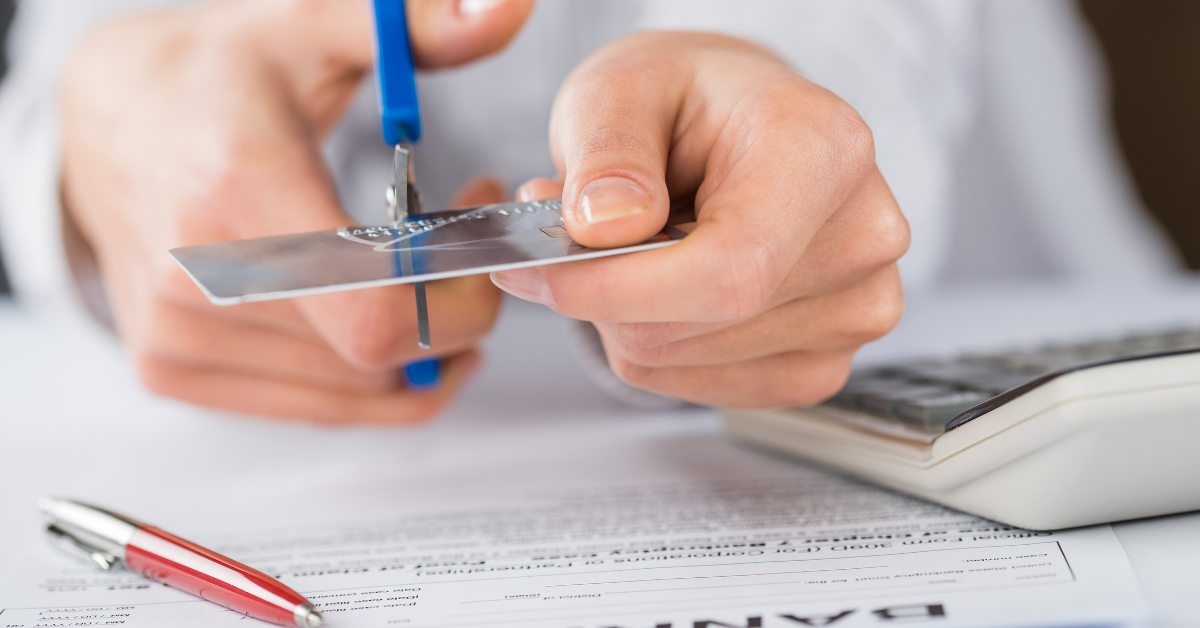
Bankruptcy filings may seem bad, but it’s a tool to help people and businesses fix money troubles. By learning the 3 types of bankruptcies and working with a good lawyer, you can work through bankruptcy and start fresh.
Don’t let the idea of bankruptcy stop you from fixing your money problems.
Chapter 7 Bankruptcy: A Fresh Start
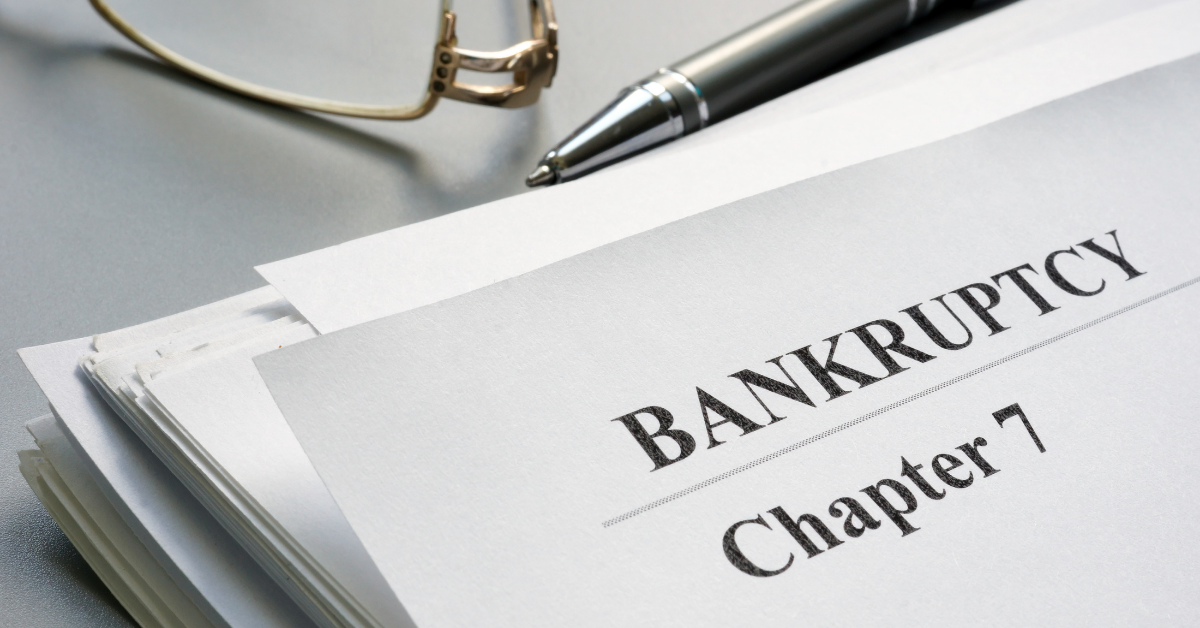
Chapter 7 bankruptcy, also called liquidation bankruptcy, is a common type of personal bankruptcy in the United States. It helps people with too much debt get rid of unsecured debts and begin again. Here are some key things about Chapter 7 bankruptcy:
Eligibility: To use Chapter 7, people must pass a test called the means test. This test looks at how much money they make compared to their state’s average income and how much money they have left after paying for necessary things.
Nonexempt assets: In Chapter 7 bankruptcy, a person chosen by the court will sell assets that aren’t protected (nonexempt) to pay back people you owe money to. But some things, like your home, retirement accounts, and personal belongings, might be safe (exempt) under your state’s bankruptcy laws.
Debts you can get rid of: Most unsecured debts, like credit card debt, personal loans, and medical bills, can be wiped away in Chapter 7 bankruptcy. But some debts, like child support, alimony, and certain taxes, can’t be wiped away.
Timeline: The Chapter 7 bankruptcy process usually takes four to six months to finish, and people can only get rid of their debts this way once every eight years.
Chapter 11 Bankruptcy: Reorganizing Debt for High-Income Individuals and Businesses
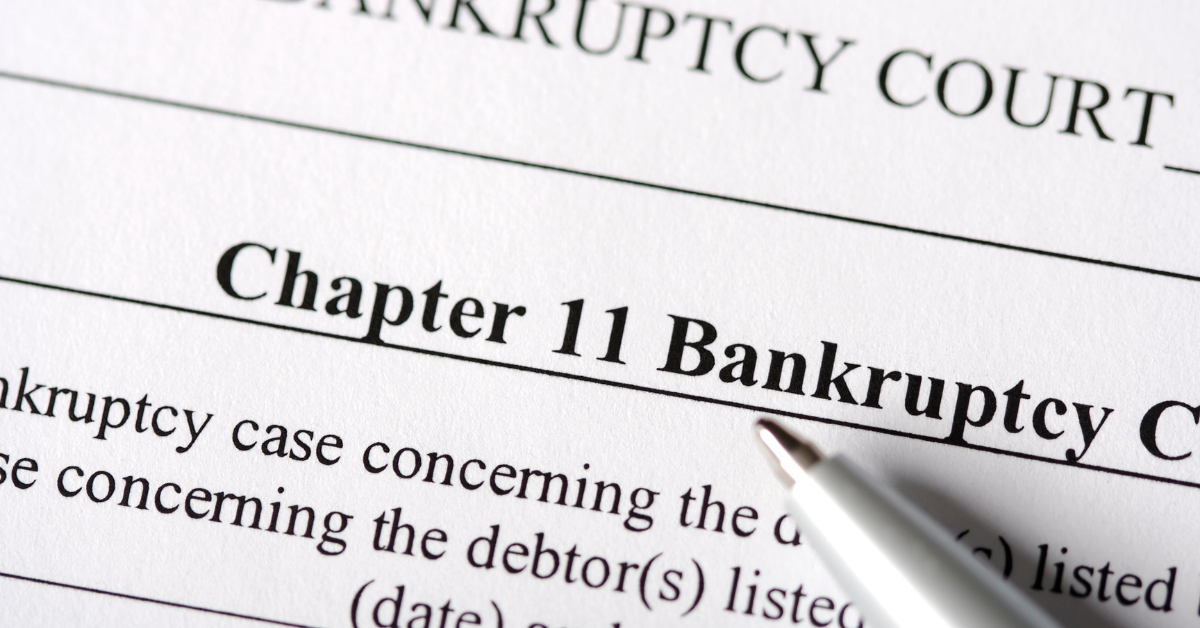
Chapter 11 bankruptcy is mostly used by businesses to fix their money problems. Sometimes, rich people who can’t use Chapter 7 or Chapter 13 bankruptcy can use it too. Here’s what you need to know about Chapter 11 bankruptcy:
Debt fixing: Chapter 11 helps people and businesses make a plan to pay back their debts. The court has to agree with the plan. This helps people and businesses get back on track with their money and business assets.
Keeping assets: In Chapter 11 bankruptcy, people and businesses can still control their valuable things and money while fixing their debts. They can keep doing business and managing their money.
Talking with creditors: Chapter 11 bankruptcy lets people and businesses talk to creditors. They can try to lower or get rid of the debt they don’t have something valuable to back up, and protect their business things.
How long it takes: Chapter 11 bankruptcy can take a long time, sometimes lasting several years. But it can help people and businesses fix their money problems.
Chapter 13 Bankruptcy: A Structured Repayment Plan for Individuals with Regular Income
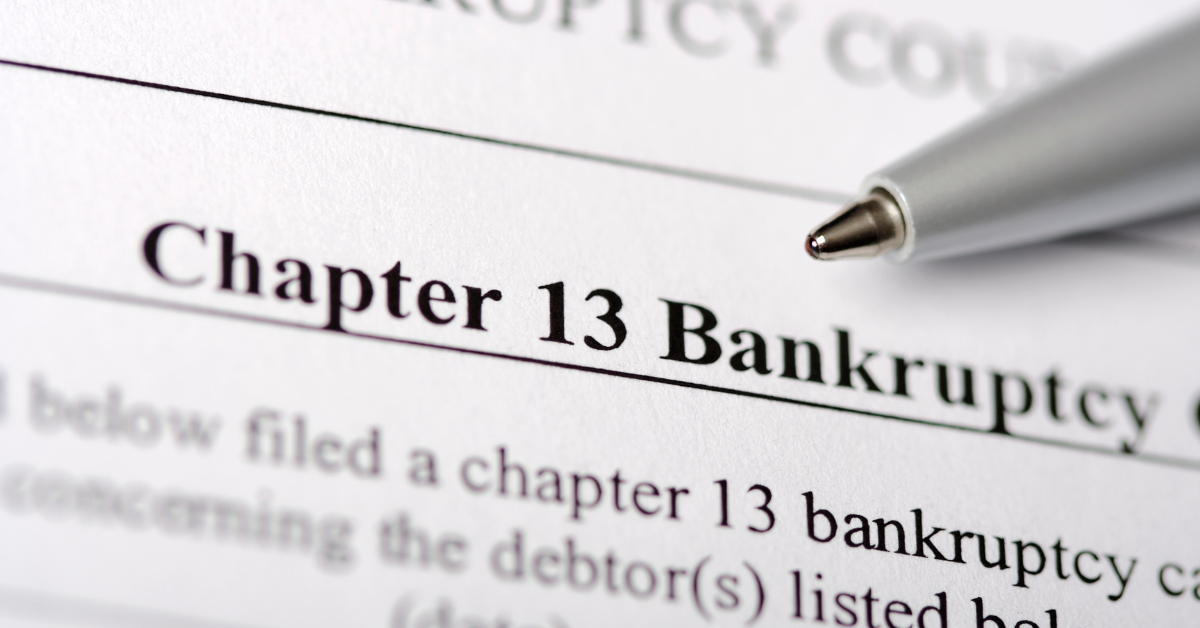
Chapter 13 bankruptcy, also called the wage earner’s plan, is for people with regular paychecks who need a plan to fix their money troubles. Here are some important things about Chapter 13 bankruptcy:
Paying back debts: In Chapter 13 bankruptcy, people make a plan to pay back their debts over three to five years. The plan is based on how much money they have left after paying for important things. The court has to agree with the plan.
Keeping assets: Chapter 13 bankruptcy lets people keep their things, even the stuff that isn’t protected, while they make payments with the plan the court agreed to.
Catching up on late payments: Chapter 13 can help people catch up on late house payments so they don’t lose their home. It can also help with other secured debts, like car loans.
How long it takes: The Chapter 13 bankruptcy process usually takes three to five years, depending on how long the plan takes.
By learning about different types of bankruptcies and what they do, people having money problems can decide which option is best for them.
The Importance of Seeking Help

Bankruptcy laws can be hard for people with money problems. A good bankruptcy attorney can make a big difference. Some reasons to get help are:
- Knowledge: Bankruptcy attorneys know a lot about laws. They can help people understand choices, see if they’re eligible, and pick the right type of bankruptcy.
- Help in Court: An attorney can help clients in court and protect their rights during the bankruptcy process.
- Paperwork: Bankruptcy needs lots of forms. An attorney can help clients fill out and submit these papers correctly and on time.
- Talking with Creditors: Attorneys can talk with the people clients owe money to, maybe lowering the debt or getting better payment terms.
- Feeling Safer: Money problems are stressful, but having an expert on your side can make you feel much safer and more confident.
Bankruptcy Exemptions: Keeping Your Things

People worried about bankruptcy might think they’ll lose their stuff. But the bankruptcy code protects some things from being taken away. In Florida, some common protections are:
- Home Protection: Florida lets people keep their main home safe, but there are some limits on size.
- Personal Stuff Protection: Florida law protects some personal things like clothes, furniture, and household items.
- Car Protection: Florida covers up to $1,000 of a car’s value, so people can keep their main car.
- Retirement Accounts: Things like 401(k)s, IRAs, and pension plans are usually safe in bankruptcy cases.
Knowing and using bankruptcy protections can help people keep important things while still fixing their money problems. A good attorney can help clients use these protections to keep their stuff and make bankruptcy easier on their lives.
How Bankruptcy Can Help Your Money Situation
Filing for bankruptcy might seem extreme, but it can help make your money situation better. Bankruptcy helps with unsecured debt and creates a repayment plan, so people can take control of their money and have a better future. Here’s how bankruptcy can help:
- Getting rid of unsecured debt: Bankruptcy can remove or lower unsecured debts like credit card balances, medical bills, and personal loans. This gives more money for important things and helps people take control of their finances.
- Stopping collections: When you file for bankruptcy, an automatic stay stops most collections like wage garnishments, bank levies, and lawsuits. This gives people a break and some space to deal with too much debt.
- Keeping important things: Bankruptcy can protect some things from being taken or sold, like your home or car. This helps people keep important things while still taking care of their money problems.
- Better credit scores: Bankruptcy can hurt credit scores at first, but many people find their scores improve over time by following the right steps. By dealing with debts and being responsible with money, people can fix their credit and have more chances to borrow money in the future.
3 Types of Bankruptcies FAQ: Questions and Answers
We know that figuring out the bankruptcy process can be hard and confusing. So, we’ve put together a list of questions and answers about the 3 types of bankruptcies to help make things clearer.
What’s the difference between secured and unsecured debt?
Secured debt has something valuable behind it, like a house mortgage or a car loan. If you don’t make payments, the person you owe can take that valuable thing. Unsecured debt doesn’t have anything behind it. Examples are credit card debt, medical bills, and personal loans. Bankruptcy usually deals with unsecured debt, while secured debt might need extra steps or talking with the people you owe.
Can I keep my home and car in Chapter 7 bankruptcy?
In Chapter 7 bankruptcy, you might be able to keep your home and car if their value is within certain limits under Florida law. The homestead exemption protects the value of your main home, while the motor vehicle exemption protects up to $1,000 of your car’s value. It’s important to talk to a bankruptcy attorney to see if your things are protected by these exemptions.
How long does a Chapter 13 repayment plan last?
A Chapter 13 repayment plan usually lasts between 3 and 5 years. The plan’s length depends on how much money you have left each month, the value of your non-exempt assets, and how much debt you have. After the repayment period, any remaining eligible unsecured debts go away.
Can I get rid of student loans in bankruptcy?
Student loans usually can’t be removed in bankruptcy, but there are some exceptions. If you can show that paying your student loans would cause too much hardship, you might be able to have them removed. This is hard to do and often needs help from a bankruptcy attorney.
What happens to my credit report after filing for bankruptcy?
Bankruptcy will show on your credit report for up to 10 years. But, many people find that their credit scores get better over time if they follow the right steps and show they can handle money well. By fixing your debts and building your credit again, you can get access to credit opportunities in the future.
How often can I file for bankruptcy?
You can only get a Chapter 7 discharge once every eight years. If you filed for Chapter 7 before and need help with debt again, you might be able to use Chapter 13 bankruptcy, which has a shorter waiting time of four years from a previous Chapter 7 filing.
Contact Us to Learn More About Your Bankruptcy Options
If you’re struggling with debt and considering bankruptcy, it’s important to consult with an experienced bankruptcy attorney to discuss your options and determine the best course of action for your unique situation.
At LSS Law, we’re committed to helping people in South Florida regain control of their finances and start fresh. Contact us today to schedule a no-cost Bankruptcy Strategy Session for personal bankruptcies (Chapters 7 and 13) at our Fort Lauderdale or Miami locations. We’ll help you have the most successful bankruptcy case possible.
You can reach us at 954-466-0541 or by visiting our contact page.






